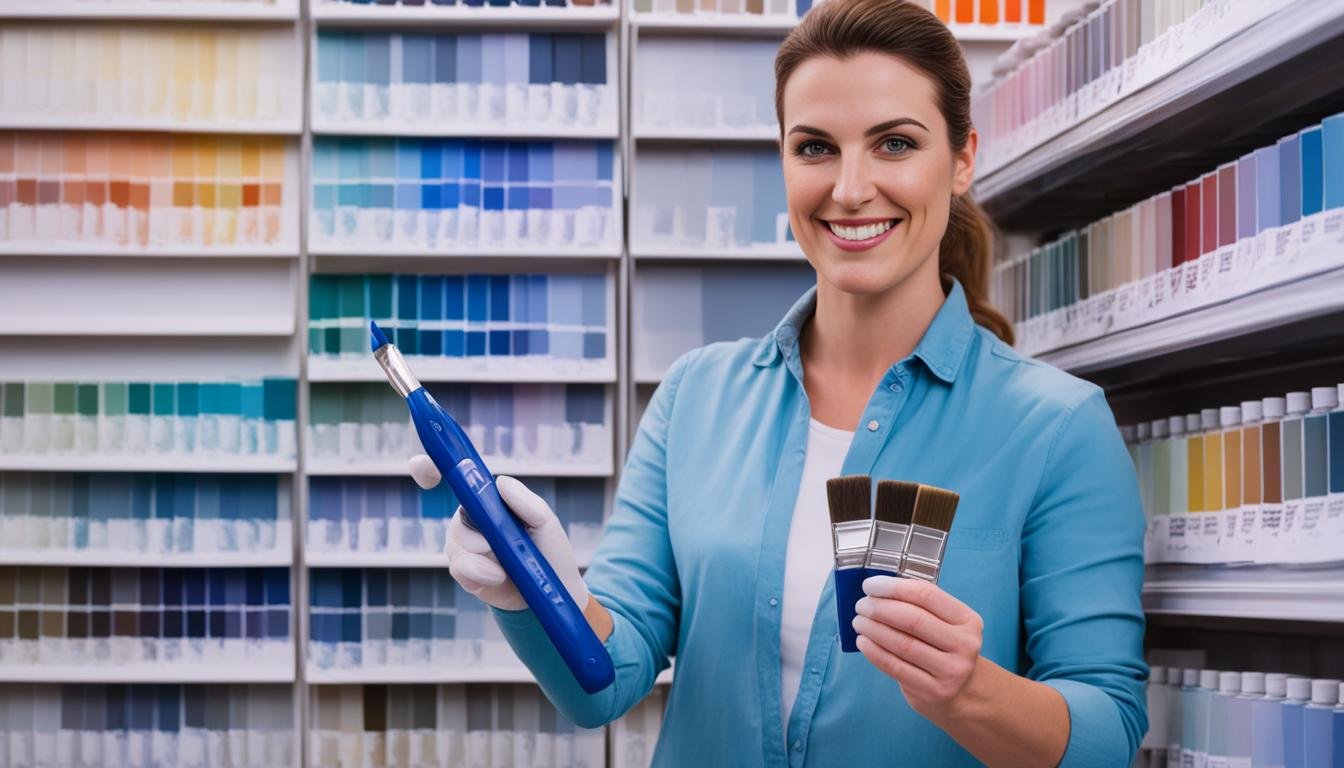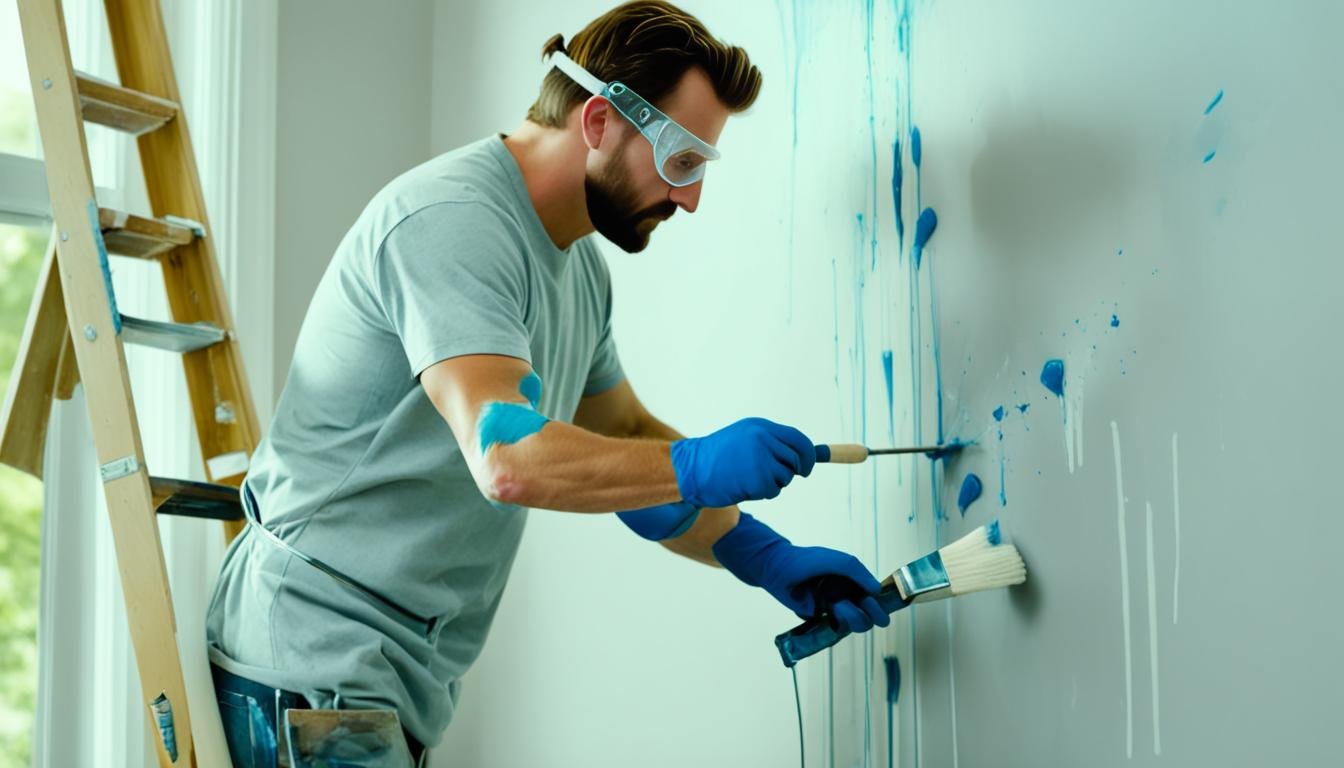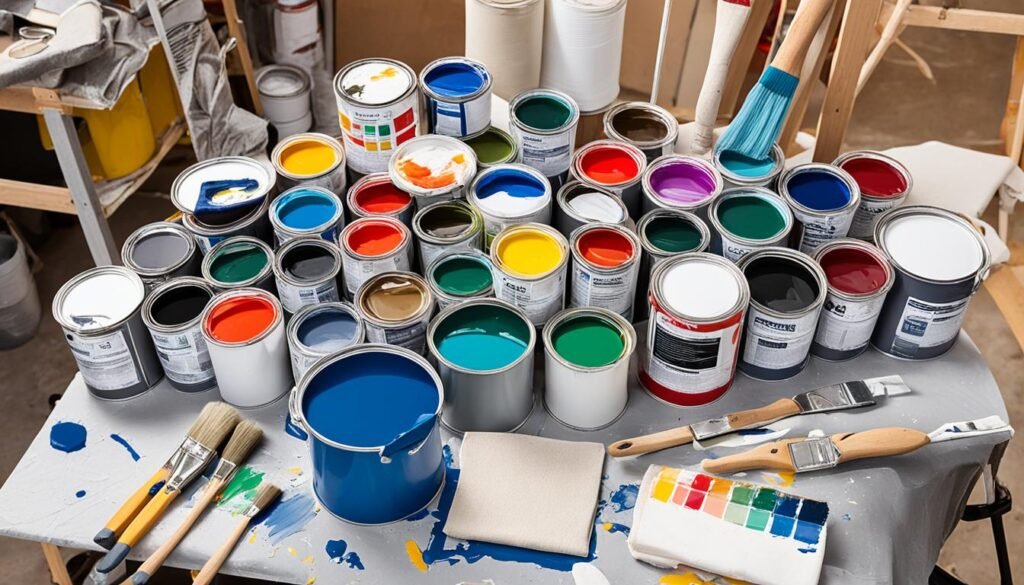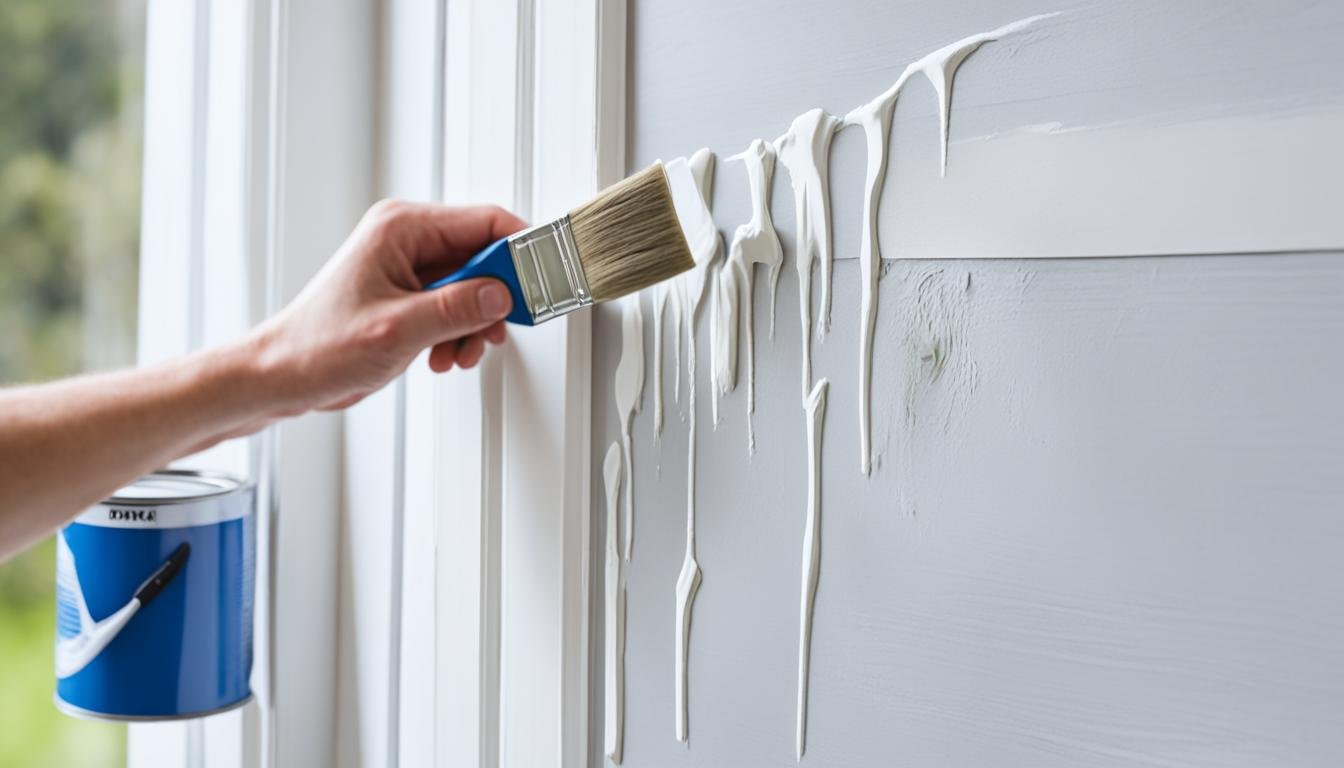Did you know that choosing the right paint color can completely transform the look and feel of your home? It’s true! The color you choose has the power to enhance your home’s interior and exterior, creating a space that is not only visually appealing but also reflects your personal style and taste.
When it comes to selecting the perfect paint color, there are a few essential factors to consider. One of the most important is the Light Reflectance Value (LRV), which determines how light or dark a paint color appears. Each paint color has a specific LRV number between 0 (black) and 100 (white).
By understanding the LRV of a paint color, you can determine its depth and coordinate other colors or find the perfect shade for your project. But where can you find a paint color’s LRV number? Look no further than the back of color chips or specific color pages on paint brand websites.
Not only does the LRV help you choose the right shade, but it also gives you insight into the approximate range of depths for different paint colors. From dark paint colors with LRVs between 2 and 10, to white paint colors with LRVs between 82 and 94, understanding the LRV can guide you towards the right paint color for your space.
With the knowledge of LRV, you can confidently select the right paint color, whether you’re painting an interior room or the exterior of your home. So, let’s dive deeper into the world of paint colors and discover the secrets to finding the perfect shade.
Key Takeaways:
- Choosing the right paint color can completely transform the look and feel of your home.
- The Light Reflectance Value (LRV) determines how light or dark a paint color appears and can guide you towards the right shade.
- You can find a paint color’s LRV number on the back of color chips or specific color pages on paint brand websites.
- Understanding the approximate LRV ranges for different paint colors can help you select the depth that suits your space.
- With the knowledge of LRV, you can confidently choose the perfect paint color for any interior or exterior project.
Tips for Choosing the Right Interior Paint Colors
When it comes to transforming the look and feel of your home, choosing the perfect paint color is key. The right interior paint color can create a harmonious atmosphere, showcase your personal style, and elevate the overall aesthetic of your living space. To help you navigate the world of interior paint colors, we’ve compiled a list of tips and ideas to inspire your selection process.
1. Start with a Color Scheme that Matches Your Home's Furniture
One effective way to choose interior paint colors is to create a color scheme that complements your existing furniture. Look for inspiration in objects you already have in your home, such as a favorite pillow, artwork, or rug. Select three colors from these items and use them as a guide for choosing paint samples.
2. Consider the Finish of the Paint for Desired Visual Effect
When selecting paint, itâs important to consider the finish or sheen level. Each finish offers a distinct look and serves different purposes. Satin and eggshell finishes provide a soft sheen that is ideal for walls, while a high-gloss finish can be used for trim or to make a statement in smaller areas.
3. Match Colors to Desired Room Atmosphere
The right color can significantly impact the mood and ambiance of a room. Cool colors such as blues and greens are known for their calming and soothing effect, making them great choices for bedrooms or study areas. Warm colors such as reds and oranges, on the other hand, can create a sense of energy and are perfect for areas where you want to promote lively conversation or activity.
4. Utilize the Psychology of Color to Create Desired Effects
Understanding the psychology of color can be a valuable tool in selecting the perfect paint color. Colors evoke different emotions and can influence our moods. For example, blues and greens can create a sense of tranquility and relaxation, while yellows and oranges can elicit feelings of warmth and happiness. Consider the desired atmosphere of each room and choose colors that align with that intention.
5. Don't Forget the Power of White Paint
White paint, while seemingly neutral, can play a significant role in enhancing your space. It can be used to emphasize architectural features or create a clean, minimalist backdrop for other design elements. Don’t underestimate the impact that a carefully chosen shade of white can have on your overall interior design.
By applying these tips and taking the time for a paint color consultation, you can confidently choose the right interior paint colors that will transform your home into a personalized sanctuary.
Tips for Choosing the Right Exterior Paint Colors
When it comes to choosing the perfect paint color for your home’s exterior, it’s crucial to consider the overall style and surrounding environment. Start by drawing inspiration from existing features or finishes, such as cabinets or brick fireplaces, to ensure that the paint color you select harmonizes well with these elements. This will help create a cohesive and aesthetically pleasing look for your home.
Another factor to keep in mind is the size of the space. If you have a smaller area, opting for lighter colors can give the illusion of a more open and spacious feel. Conversely, darker colors can create a cozy and intimate atmosphere in larger spaces. Pay attention to how different light sources can affect the color, as natural light and various types of artificial lighting can have a significant impact on how the paint appears.
To achieve a seamless flow from room to room, consider choosing shades from a common color palette. This will create a harmonious transition throughout your home, enhancing its overall visual appeal. Additionally, remember to take into account the psychology of color and how different colors can evoke specific moods and feelings. Understanding the emotional impact of colors can help you make informed decisions and select exterior paint colors that align with your desired ambiance.
By considering factors such as the style of your home, surrounding environment, size of the space, lighting conditions, and color psychology, you can confidently find the right exterior paint colors that not only enhance your home’s aesthetics but also reflect your personal taste and preferences.
FAQ
How important is it to choose the right paint color?
Choosing the right paint color can make a huge difference in enhancing your home’s interior and exterior.
What is the Light Reflectance Value (LRV) and why is it important?
The Light Reflectance Value (LRV) determines how light or dark a paint color appears and helps in coordinating colors or finding the perfect shade for your project.
Where can I find a paint color’s LRV number?
You can find a paint color’s LRV number on the back of color chips or on specific color pages of paint brand websites.
Are there approximate ranges for different depths of paint colors?
Yes, dark paint colors generally have LRV ranges between 2-10, while white paint colors typically range from 82-94 LRV.
How can I create a color scheme for my interior paint colors?
Start by selecting three colors from an existing object in your home, such as a pillow or painting, and use them as a guide for choosing paint samples.
What factors should I consider when choosing an interior paint finish?
Consider the desired visual effect, such as satin or eggshell finishes, and also match the color to the feeling you want in the room.
How can the psychology of color help in selecting the right interior paint color?
Understanding the psychology of color can help create the desired atmosphere in each room, with cool colors like blues and greens being restful, while warm colors like reds and oranges create energy.
How can I use white paint effectively in my interior?
White paint can be used to emphasize architectural features or create a neutral backdrop.
What should I consider when choosing exterior paint colors?
Consider the overall style of your home and its surroundings, inspiration from existing features or finishes, and the size of the space.
How can different lighting affect the appearance of exterior paint colors?
Natural light and different types of artificial lighting can change the appearance of the paint, so it’s important to take these factors into account.
How can I create flow and cohesion in my home’s exterior paint colors?
Choose shades from a common color palette to create a cohesive look throughout the home.
How can the psychology of color influence my choice of exterior paint colors?
Different colors can evoke certain moods and feelings, so understanding the psychology of color can help in selecting the right exterior paint colors.









